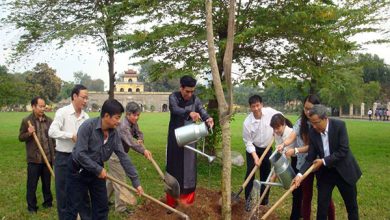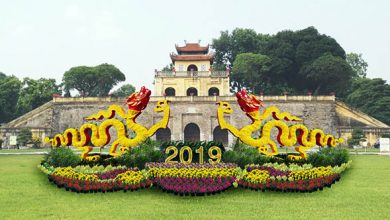New National Treasures of the Imperial Citadel of Thang Long
The Prime Minister has recently recognized 29 artifacts and groups of artifacts as national treasures (12th batch). Among them, the Imperial Citadel of Thang Long has four treasures.
1. Ly Dynasty Terracotta Phoenix-Decorated Bodhi Leaf
The Ly Dynasty terracotta phoenix-decorated Bodhi leaf from the Imperial Citadel of Thang Long consists of two parts: the body and the base. The body includes the stem and the leaf, with the stem missing. The leaf resembles half of a Bodhi leaf, vertically split from the tip to the stem. Both sides are adorned with images of phoenixes dancing among flowers and leaves. The body is partially broken at the top, with an uneven thickness.

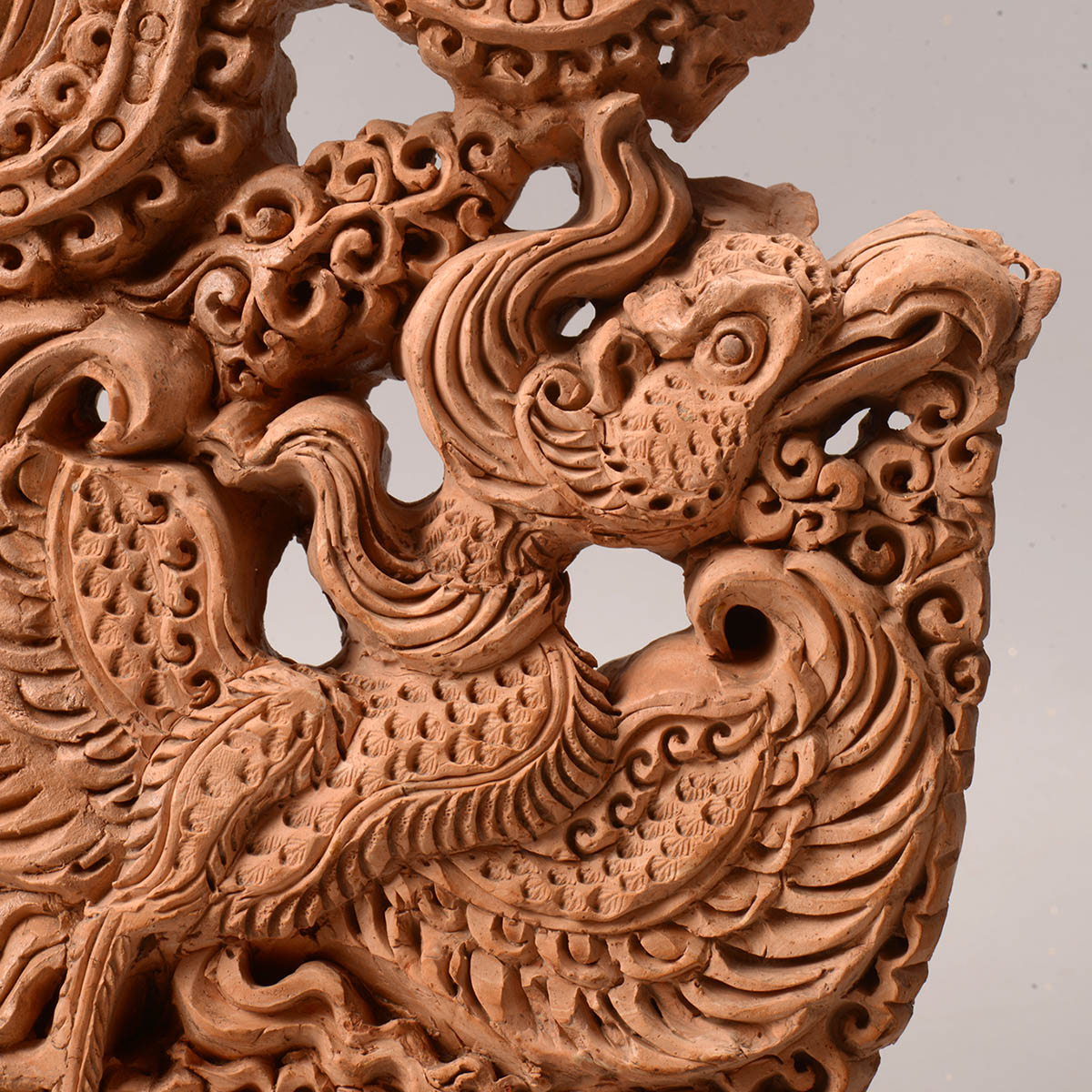
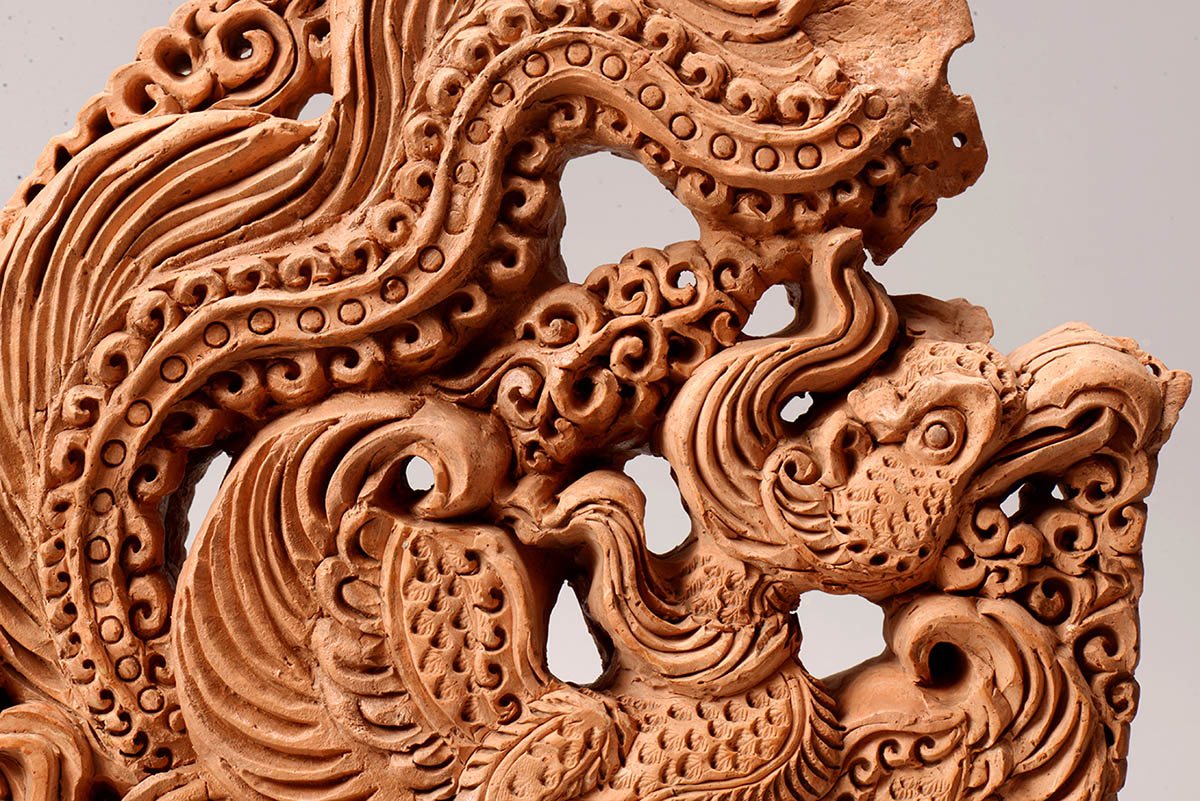
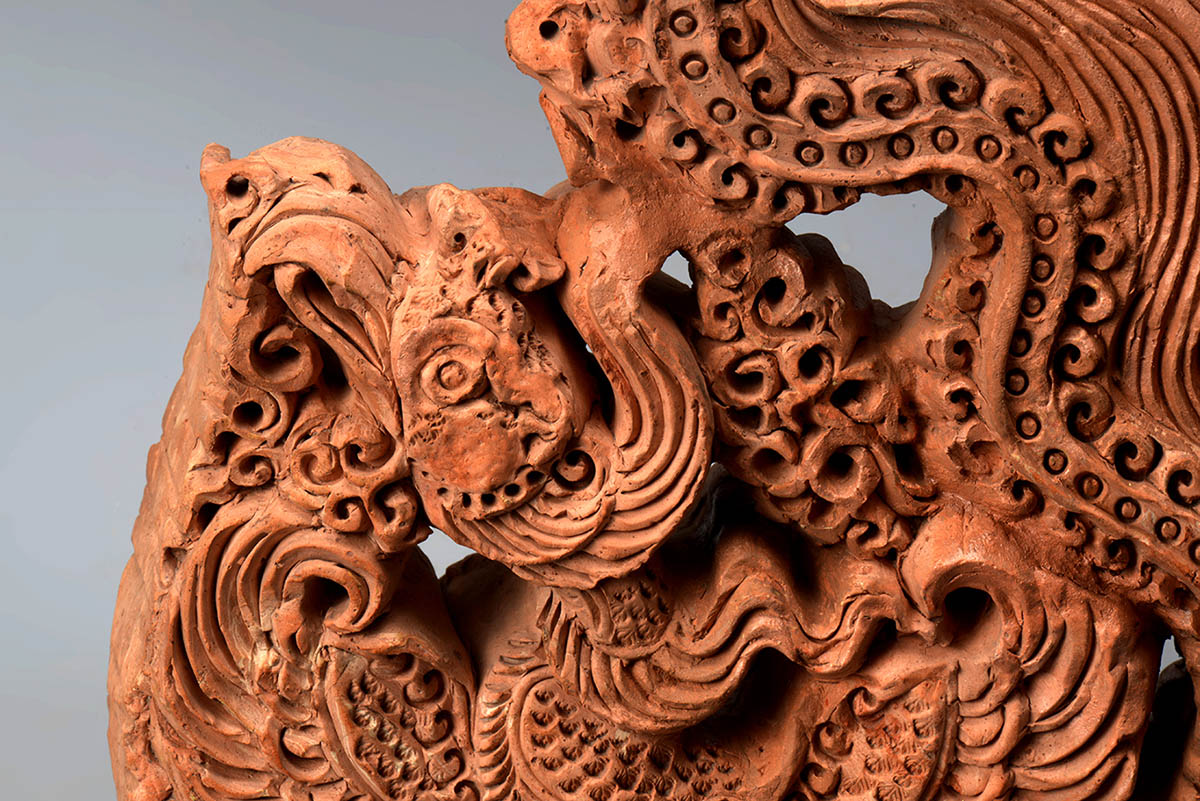
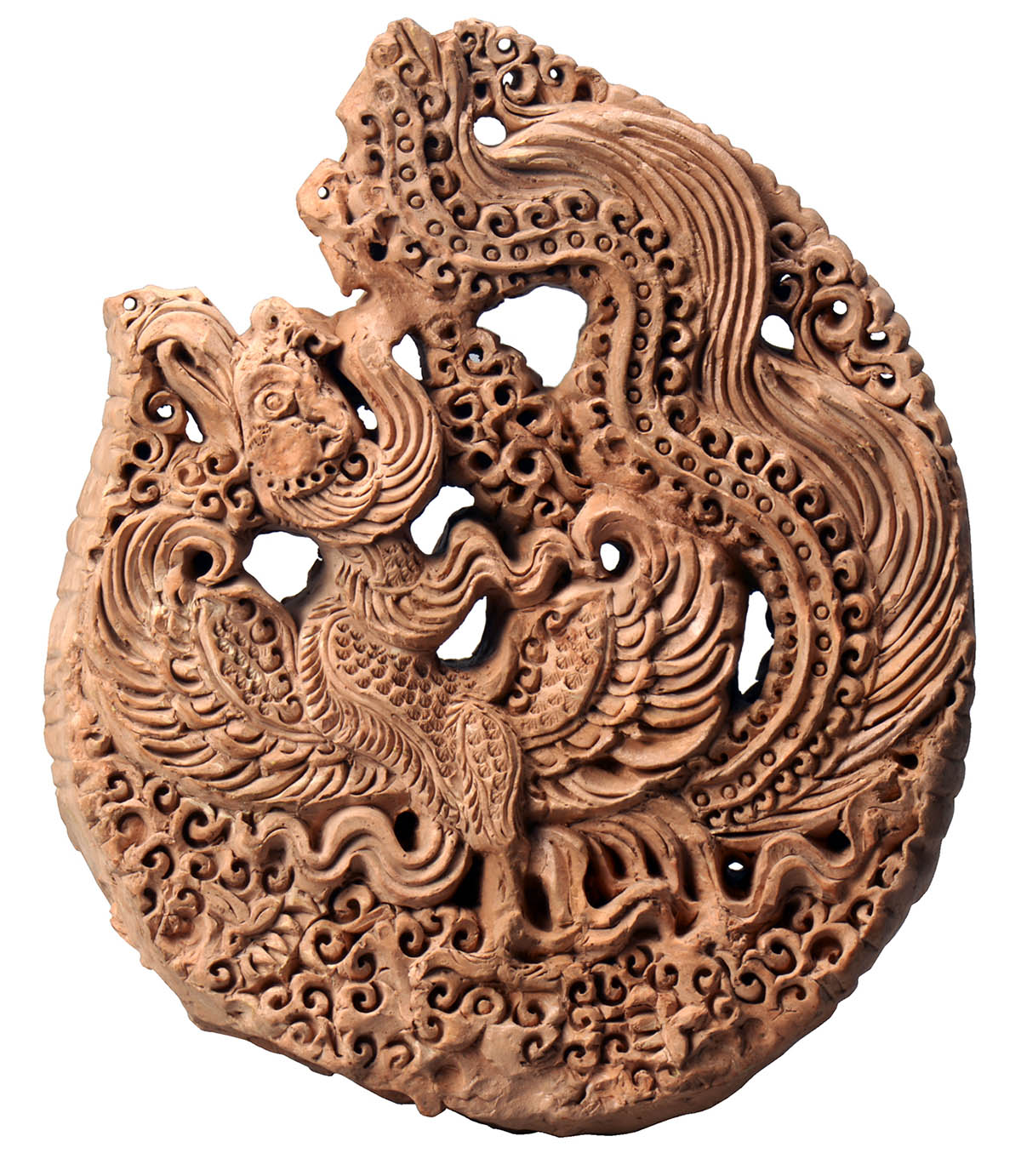
2. Tran Dynasty Three-Metal Inlaid Saber
The Tran Dynasty three-metal inlaid saber from the Imperial Citadel of Thang Long comprises two parts: the body and the handle. The handle only retains the steel core inside, measuring 18.5 cm in length, while the guard, hilt, and pommel are missing. Traces indicate that the hilt was once wrapped in wood, tightly bound with a golden-red metal band similar to bronze at the top. The band, 1.8 cm long and made of copper alloy, has a polished surface with finely carved patterns resembling twisted rope.
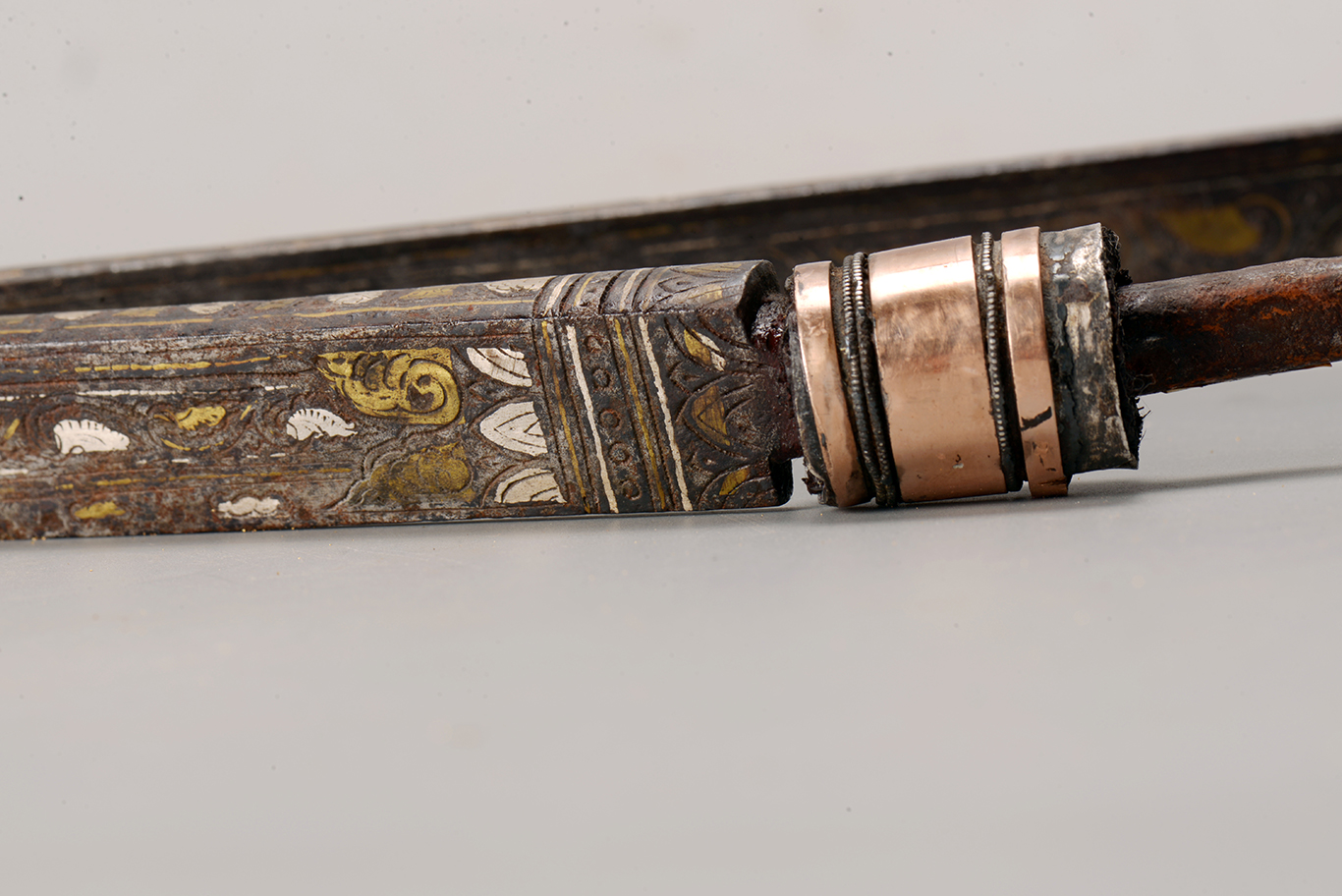
The saber’s body is 64 cm long and features three sections: the sharp edge, the spine, and the tip. Both sides are decorated with inlaid patterns using golden and silver color, with the steel color as the background enhancing the motifs’ prominence.
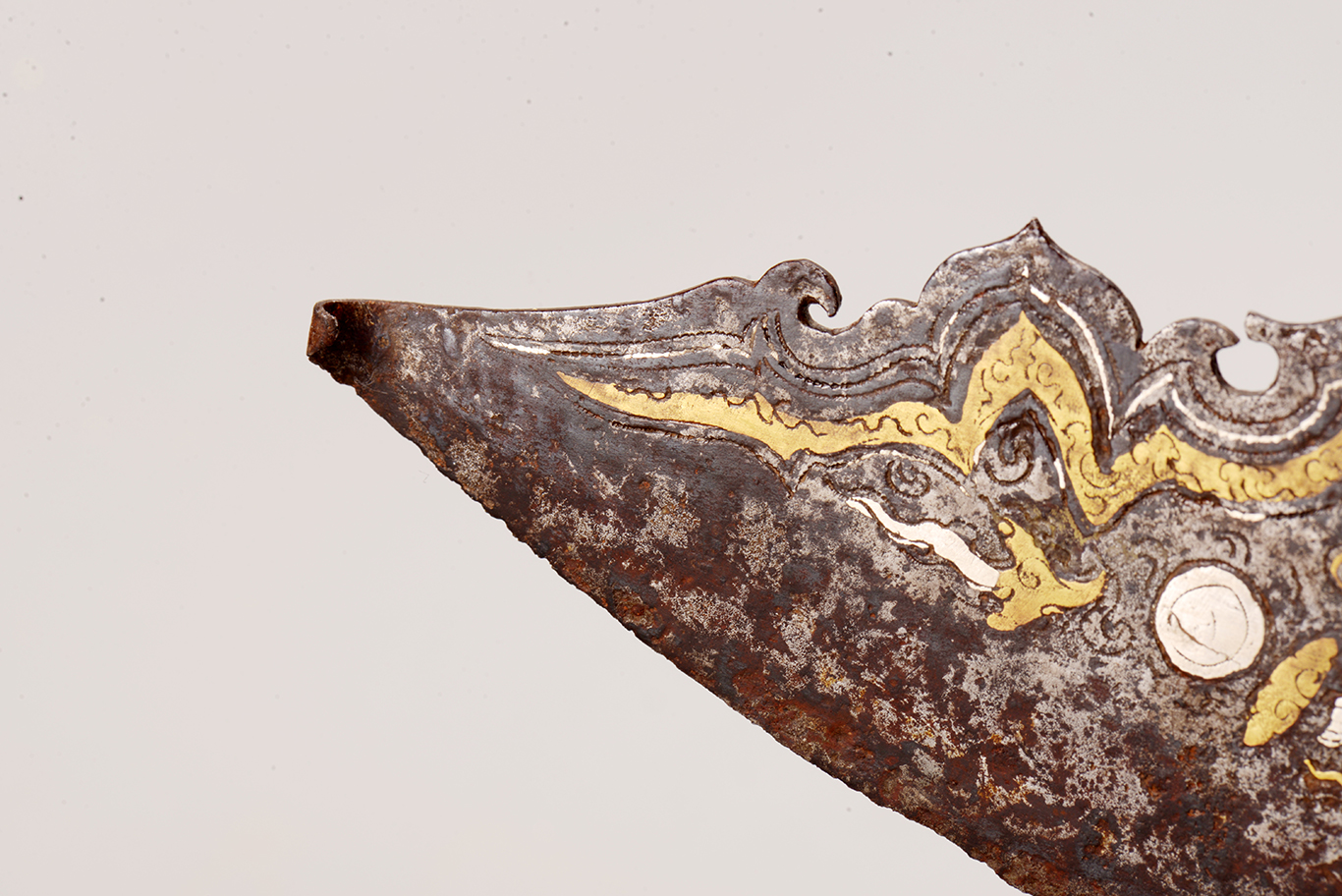
The decorations on the saber are particularly intricate, with the spine adorned with vine patterns and sinuous leaf motifs running from the handle to the tip in white and gold.
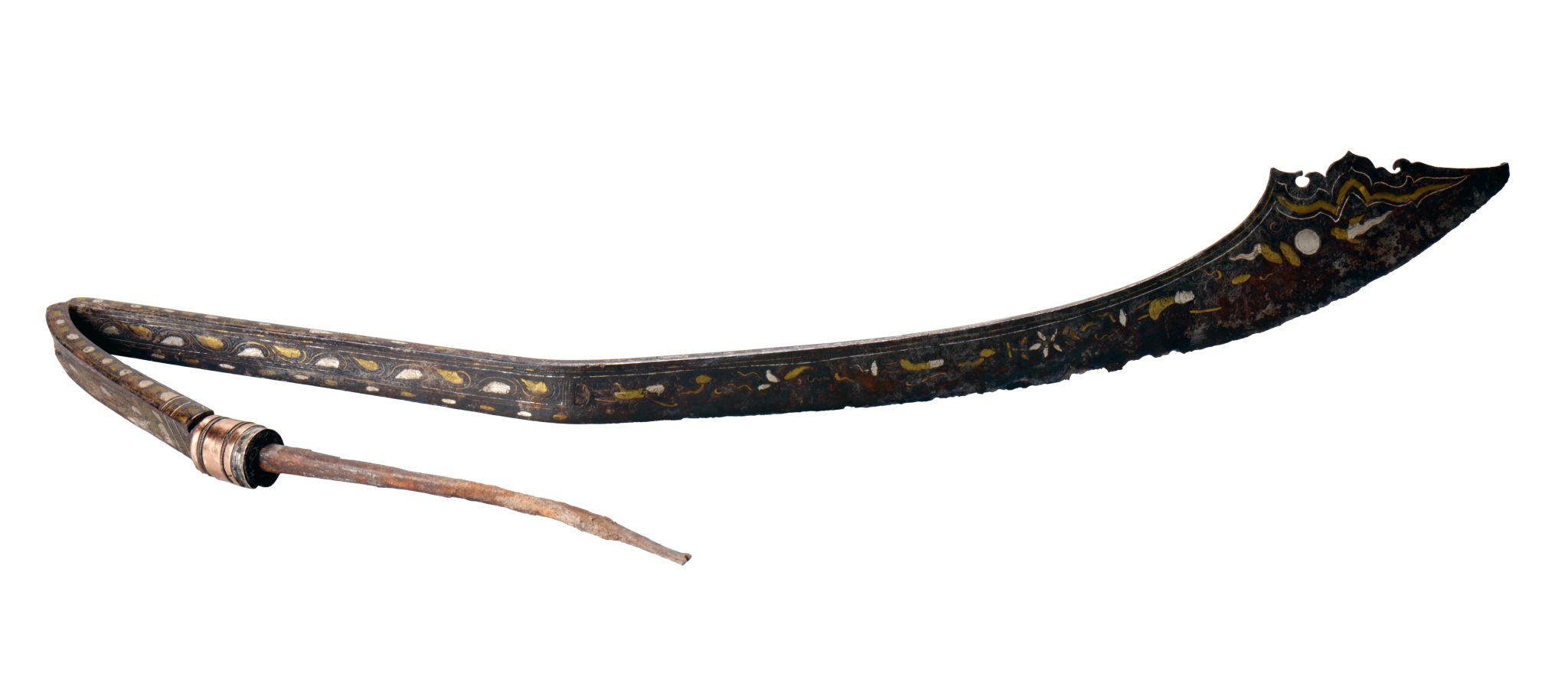
3. Early Le Palace Maid Access Badge
This badge is a flat, thin isosceles trapezoid made of a copper alloy, with the upper two corners of the trapezoid curved. It measures 12.7 cm in height; the bottom edge is 4.9 cm wide, and the top edge is 4.6 cm wide. The thickness is 0.11 cm at the top and 0.10 cm at the bottom. The edges are rounded to remove sharpness. At the center, 1.3 cm from the top, there is a small hole with a diameter of 0.3 cm, used for threading a lanyard through the badge.
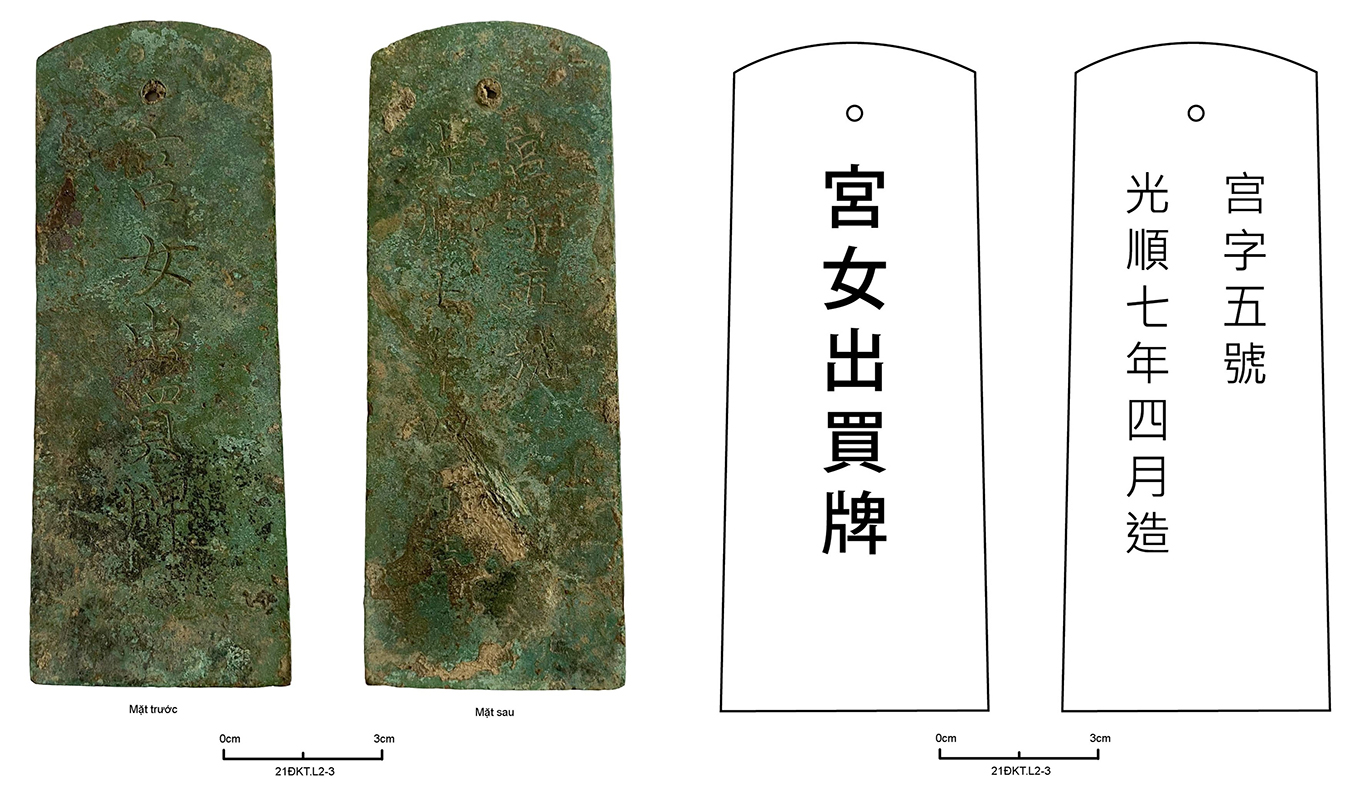
Both sides are inscribed with Chinese characters, deeply and clearly engraved. The first side bears five characters 宮女出買牌 “Palace Maid Exit Permit”. arranged vertically in the middle, with larger characters than those on the other side, indicating it as the main face.
The second side, or the back, is inscribed with 11 characters arranged in two vertical columns. The first column (from right to left) has four characters 宫字五號 “Cung tự ngũ hiệu”; and the second column has seven characters 光順七年四月造 “Made in the fourth month of the seventh year of Quang Thuan during the reign of King Le Thanh Tong, 1466).
4. Early Le Dynasty Roof Tile Architecture
The complete structure of the model includes at least three parts: the foundation, the supporting column frame, and the roof. The architectural model from the Early Le Dynasty at the Imperial Citadel of Thang Long is actually the remaining part of a complete structure. This remaining part includes a portion of the roof and a part of the frame, consisting of the column system, the beam system, and the dougong bracket system.
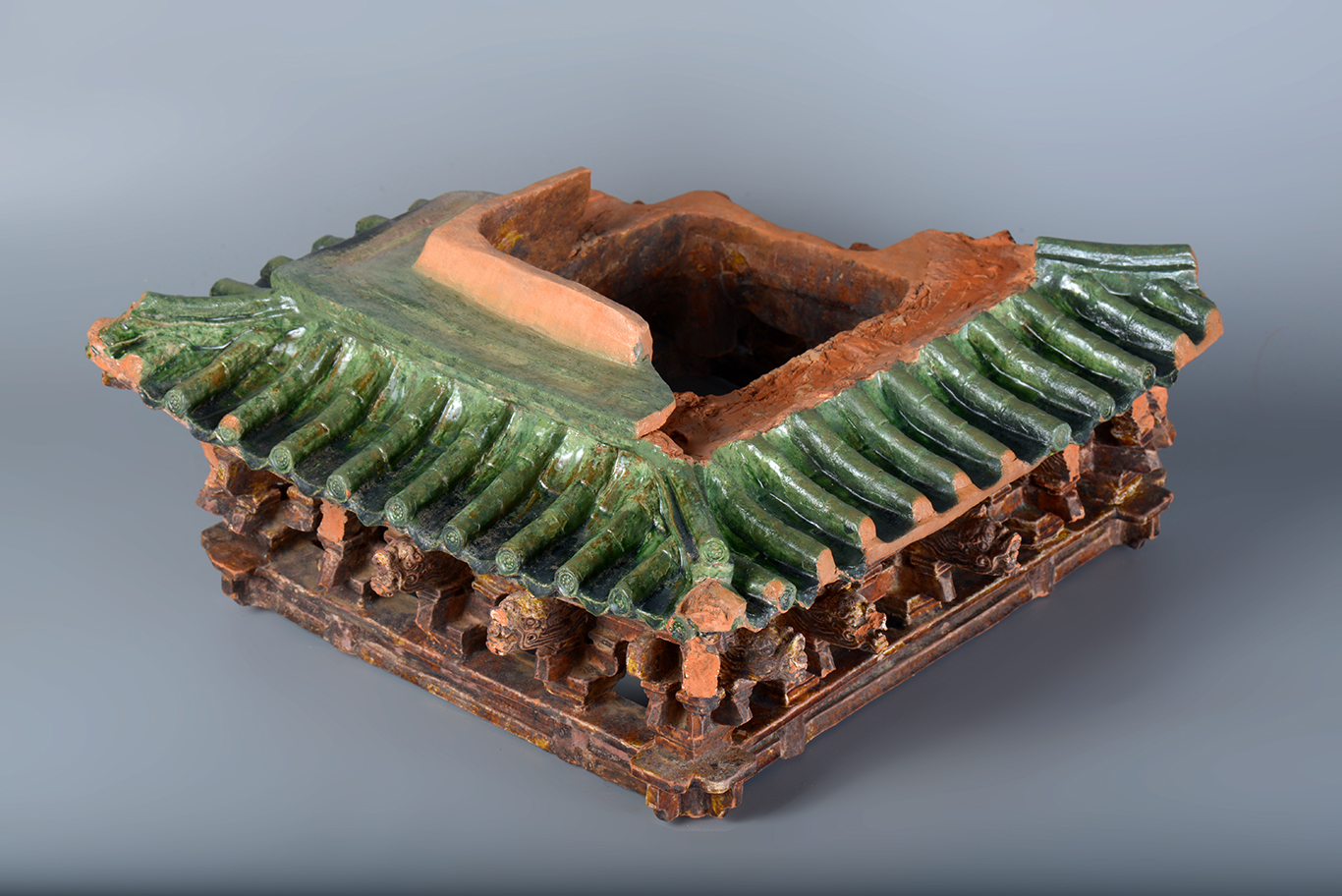
Although not all parts necessary for a complete model have been found, the remaining elements allow observation of the roof components, including round rafters, projecting rafters, flat eaves rafters, and roof tiles. The top is covered with tube tiles, also known as yin-yang tiles…
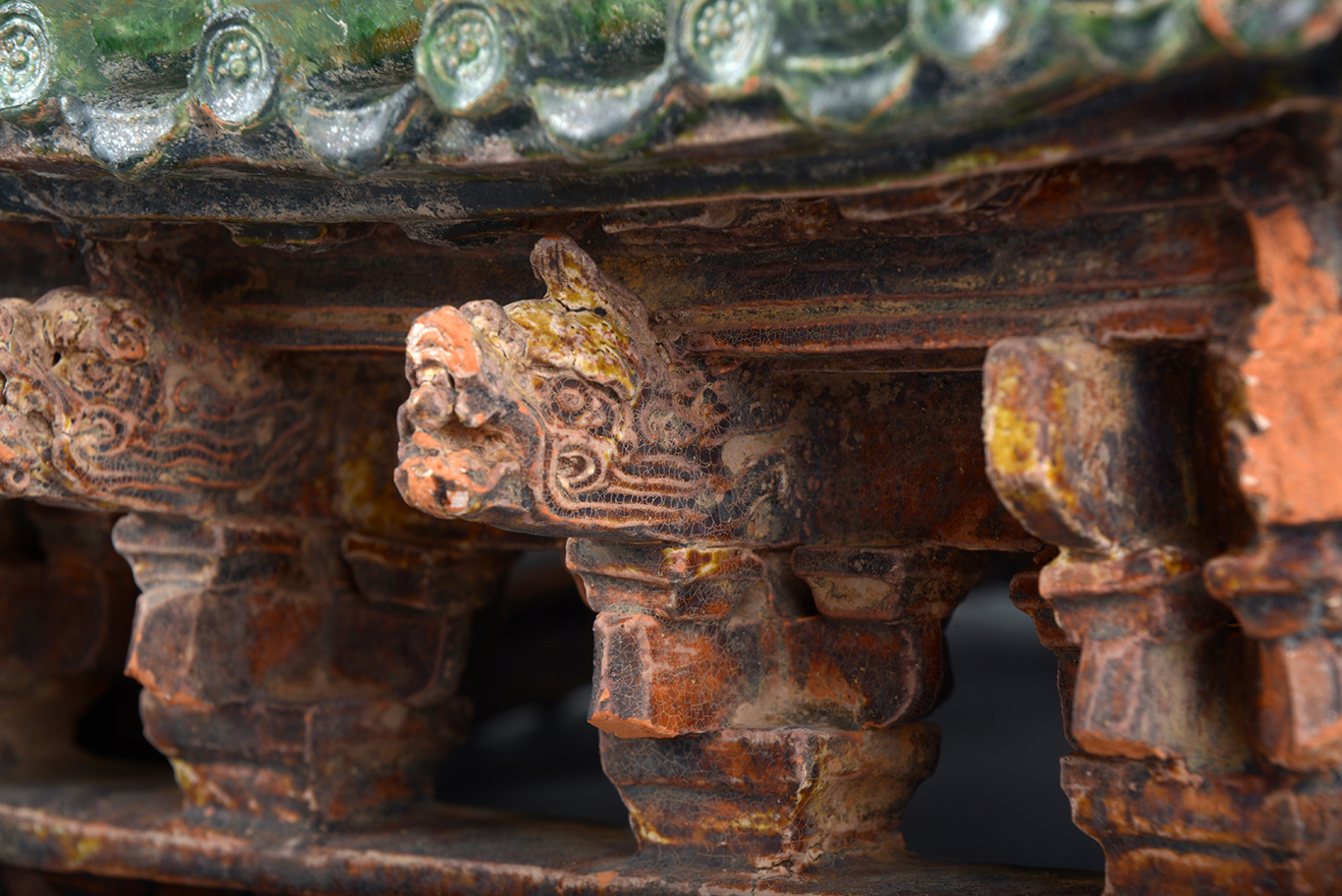
The rafters, eaves, and roof tiles are covered with a deep yellow glaze, similar to the color of the supporting frame. The tiles are coated with a green glaze (thanh luu ly). The glaze colors indicate that the components, originally made of wood, were coated with yellow glaze, and the roof tiles were covered with green glaze.

